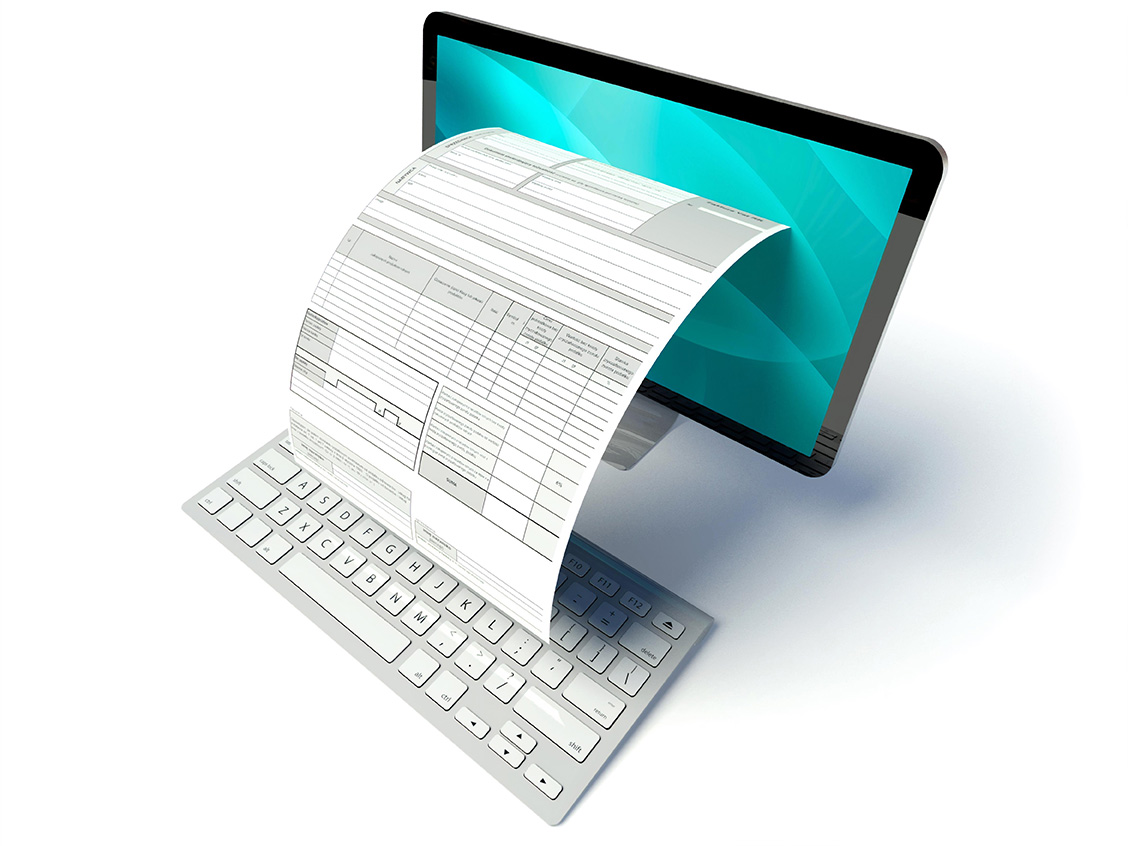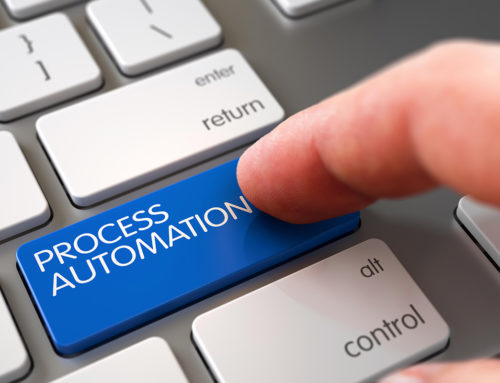When was the last time you evaluated your accounts payable process?
If you’re paying invoices through the mail with handwritten checks, there’s a good chance that your process is due for an upgrade. Automation is the best way to optimize your payables.
Failure to use automated technology made our list of the top signs your business needs new bookkeeping software.
Accounts payable automation is ideal for most small businesses. If you’re only processing a few invoices per month, then you can continue doing so manually. However, as your company scales and you begin processing dozens of invoices per week from multiple vendors, it’s time for an upgrade.
What is Accounts Payable Automation?
As the name implies, accounts payable automation is software designed to automate your payables process.
The primary purpose of this technology is to streamline a crucial aspect of your small business bookkeeping department. With automated payables software, invoices will be approved and processed without the need for manual tasks along the way.
As a result, AP automation offers enhanced visibility and command over important financial information.
How Accounts Payable Automation Works
Accounts payable automation converts vendor invoices to a standardized digital format. This includes paper invoices, PDF documents, emails, XML files, and more.
The conversion typically takes place using data transfers from digital invoices or with an invoice scanning and data capture tool.
AP automation software can process expense-based invoices as well as supplier-based invoices.
This technology has a wide range of features and use cases. For example, the invoice can be matched with a corresponding purchase order. With verification parameters like this, invoices can be paid automatically without the need for manual approval.
There are other ways to configure the hierarchy for approvals, depending on who the invoice is from, the category, or the amount of the bill.
Features and specifications will vary based on the exact software you choose, but overall, many accounts payable automation tools will provide similar functionality.
Benefits of Accounts Payable Automation
Still on the fence if accounts payable automation is right for your small business? Here’s a list of the top benefits associated with AP automation.
Improve Productivity and Efficiency
Think about how much time it takes to process invoices by hand. From writing checks to licking and addressing envelopes, it’s a time-consuming procedure.
Not only is this an unproductive way for your bookkeeper to spend their time, but it also delays payments.
According to a recent study, it takes an average of 17.6 days for companies to process and approve invoices manually. Businesses using automation process invoices in just 3.9 days, on average.
In short, AP automation is 4.5 times faster than manual processing. Imagine what your small business bookkeeper could be doing with that extra time each day, week, and month. Let your accounting team focus on more critical tasks and automate your accounts payables.
Reduce Human Error
Human error is seemingly unavoidable with manual tasks. Mistakes happen; some are more significant than others.
But any time you can reduce or eliminate human error, it improves your business overall.
Without automation, you’re relying on a single person or team of people to keep everything organized and in order. A paper invoice comes in the mail, gets opened, and then filed in a pile to paid. Once approved, checks are written, mailed out, and the books are updated accordingly.
This traditional process has so much room for error. Invoices can get lost or misplaced very easily. Checks or records can be written for the wrong amount, or even mailed to the wrong vendor.
Don’t think human error is a problem? Think again. In fact, data-entry errors exist in roughly 88% of all manual accounts payable documents.
Keep Costs Low
How much does it cost you to pay an invoice?
Aside from the actual price on the bill, you need to factor in labor and materials. According to a recent study by Goldman Sachs, the average cost for a small business to pay an invoice with a paper check is $22.
For every 100 invoices that you process manually, it costs your business $2,200.
Depending on the size of your operation, this can add up to more than $10,000 per year. Automation drastically reduces and can even eliminate labor costs altogether. Plus, you won’t have to pay for paper, ink, stamps, and the other costs associated with paying a paper invoice.
Environmentally Friendly
Speaking of paper costs, most businesses today are very conscious of their impact on the environment. That’s why I recently wrote a guide on Contact us here at Navitance.
Think about how much paper it takes for you to pay invoices manually. Some invoices print on one or two pages. Then you need to factor in the checks, the envelopes, and stamps as well.
Going “green” in your small business bookkeeping department has lots of benefits.
In addition to the sustainability and reduced costs, you can also use this as leverage in your marketing campaigns. Other businesses like working with companies that are modern and care about the environment.
Instant Access to Information
Can you view accounts payable information from anywhere?
If you’re still processing payables manually, you probably need to be in the office to view a new, old, or pending invoice. But with an automated invoice processing solution, you can access any invoice in seconds.
You’ll be able to view the payment status, line item details, vendor data, tax information, and anything else related to your payables.
The best accounts payable automation tools are cloud-based solutions. You can access them from anywhere from an Internet browser. There are also small business accounting tools with a mobile app for your payables.
Need to find an old invoice from two years ago while you’re on the road? No problem. Instead of calling the office and asking your bookkeeper to search through old filing cabinets, you can have the invoice at your fingertips in an instant.
Safe and Organized Storage
Have you ever lost an invoice? Some of this information may contain sensitive information about your business.
Keeping hard copies of documents in the office is risky. They are susceptible to theft, fires, floods, or other natural disasters. Plus, it’s challenging to keep track of everything and stay organized as your papers start to pile up over the years.
Automated accounts payable software keeps all your payables safe and secure in the cloud.
Invoices can be arranged or sorted by date, category, vendor, and other parameters making it easy to stay organized.
Avoid Late Payment Fees
50% of B2B invoices are paid past due. The average supplier invoice is due within 32 days of the invoice date. However, the average payment length is 55 days.
Are you paying invoices late?
For starters, this is just bad business practice. It’s not a good reputation to have, and your vendors could potentially stop supplying your company.
But late payments also come at a price. You could get charged with hefty late payment fees that add up quickly. This can be avoided if you use automation to get your bills paid promptly.
Furthermore, you might be eligible for early payment discounts on some invoices. Certain vendors will reward you for paying right away, which is possible with accounts payable automation.
Conclusion
Leveraging technology is one of the best ways to improve your small business bookkeeping department.
Unless you’re only processing a handful of invoices each year, then accounts payable automation is right for your small business.
Another way to improve your payables process is with an outsourced bookkeeping service. Contact us here at Navitance for a free consultation.





